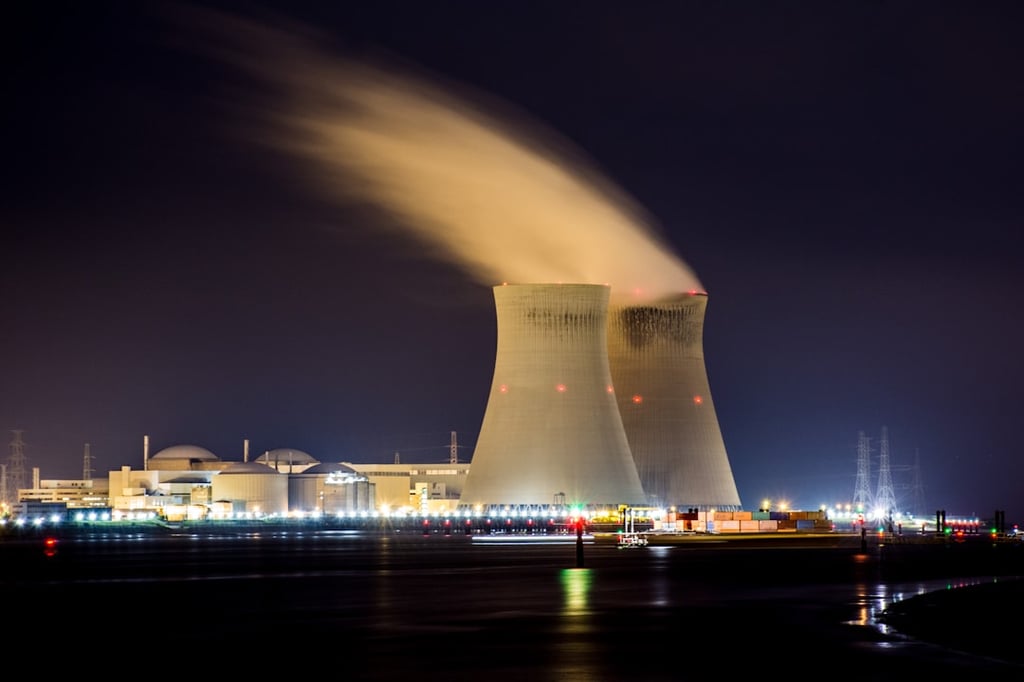Clearly, blockchain benefits from enormous hype. This emerging technology will – depending on who you talk to – disrupt banking, alter enterprise tech, and change information flow across society. Just as it has provided a foundation for Bitcoin, blockchain will support a broad array of new IT initiatives.
Yet in truth, blockchain has run into some difficulties, and its adoption is still nascent. Doubts remain. Still, it’s reasonable to assume that blockchain will in fact have a major impact on enterprise IT, especially as the technology matures and more professionals gain knowledge of it.
To separate the hype from the reality, I spoke with Maciej Kranz, VP of Strategic Innovation, Cisco. Kranz is widely regarded as a top expert in blockchain.
The topics we covered:
1) How blockchain works, why it’s so secure, and how it provides a single source of truth for complex data transactions involving multiple parties.
2) How blockchain will create new value propositions and business models, especially when deployed with Internet of Things (IoT) technologies.
3) What must occur to bring about widespread enterprise adoption of blockchain.
4) Exactly how disruptive is Blockchain? And what’s its near term future?
(See the video and a transcript of highlight below.)
 |
Maciej Kranz
VP of Strategic Innovation, Cisco
|
Transcript of highlights:
Blockchain as Single Source of Trust
M. Kranz: So let’s start with the basics. Block chain basically is a distributive leger, where multiple parties can easily report transactions in a secure and permanent way. When you think about it, it creates a single source of trust, as you mentioned.
If you look at the last couple of hundred years, ever since we invented the leger concept, we’ve always had this problem. If I wanted to give you a dollar, how do you know that I actually have this dollar? That I have a right to give you a dollar? That I have not given the dollar to somebody else? It makes a double spend problem.
As a result, for a lot of transactions, we were naturally using intermediaries. For example, banks. So that we can verify all of these things, and make sure the transaction is legitimate and secure. In the process, we also created latency, or delaying the process, with additional cost and complexity. What blockchain does is that it actually removes this need for intermediary, and allows peers to transact in a secure way, whether it’s financial transactions or other transactions.
Blockchain Helps Identify Counterfeits
M. Kranz: Separating the future and the vision, I think there are lots of things going on. We actually identified, out of these two hundred use cases across multiple places, that the easiest ways to focus blockchain solutions was on improving existing processes, where participants have a lot of incentives in actually fixing the process.
As a result, we focus a lot on supply chain, on IoT use cases. I can give you an example of a use case that we’ve implanted at Cisco, internally: Counterfeits. Like everybody else, we have a problem with counterfeits. We have these fiber modules that we connect our switches and routers to, a fiber for hyper-connectivity. These modules are counterfeited quite often.
So we use block chain to look at the provenance, and the chain of custody from label manufacturer to the manufacturer of the modules, all the way to the customer, even before the module gets to the customer.
Our partner can look at the module and see, okay, this is a fake, this is the real deal. Very clear ROI, the company can save tons of money, and it’s a big problem. If you look at the chip industry, I just read recently that roughly seven and a half billion dollars are lost–in the chip industry alone–to counterfeits.
More Block Real World Applications
M. Kranz: These are some of the examples that I called the “truck and trace” example, which involves recalls and quality issues. It happens occasionally, in the industry, you would know exactly where that faulty device is, and you can replace it easily.
If you look at food safety, if there’s an E. coli outbreak, within seconds we can know exactly which field this lettuce came from. If you look at things like health records, how do we make sure the right people have access to their health records?
One that I am really excited about, which is a bit more down the road, is about privacy. Good discussion now, about how we protect our privacy, fake news and all. If you put your privacy data on blockchain, and you give, let’s say, somebody a right to use your privacy data, you would know exactly what they’re using it for. And if they want to sell it to somebody else, you would know it as well.
But, in general, what I focus a lot on is the acute problem that participants want to solve. Even in the financial services, sort of an over-hyped market, there are scenarios, like syndicated lending, where there’s a couple of players that exchange huge sums of money. And today, if they want to do this syndicated lending deal, it may take them two or three weeks to reconcile it because of the difference in systems.
By putting all of the data in one blockchain, you can reduce it to days, hours, minutes or seconds. In this case also, you have willing participants who know they have a problem that they want to solve, and they’re willing to pay for it.
What’s Holding Back Blockchain?
M. Kranz: I think that there are a couple of things. One is, literally this year, is the year when we’re moving from pilots and proof of concepts to some select sort of a production deployment, from a technology perspective.
We’ve talked a lot about public block chains for cryptocurrencies and so forth, but there’s this other branch, which I’m excited about in a short to medium term, which is private blockchains that are based on consensus particles that allow us to do thousands of transactions per second. This technology is fairly new. Like a hyper-leger in the Lennox Foundation that was just created two or three years ago.
Blockchain and Artificial Intelligence
M. Kranz: I actually do believe that four foundational sets of technologies that will redefine our world. It’s IoT, these are the sources of data from different devices. Then we have A.I., if IoT is the body, A.I. is the brain. So, provide the data and execute decisions through A.I.
Then we have, FOG, or distributive cloud (or whatever you call it), which allows us to analyze the data in real time, like in a self-driving vehicle or in drone or on the oil rig. And then block chain as a single source of truth.
When you think about combining these four things, let’s pick on drones. So today, you have an individual drone that you are remotely operation, and the drone can do inspection of the field or whatever. Then, the next phase will be a collection of drones, each one working independently, processing the data, and then you land the drone and you download the data.
And if you create the swarm of drones with all of these elements. IoT collecting the data, A.I. locally analyzing and making decisions for the data. Use blockchain to make sure that the data is not corrupt and compromised, then having a single source of truth across the swarm. Then, use FOG computing, so you’re processing data locally.
You can use the swarm of drones to identify, look at the fire, and extinguish the fire. Finding people during floods and going into the deep mine and fixing where the gas leak is. These are the use cases that I actually look forward to, where we can use these technologies to do a lot of good things for us.
SEE ALL
DATA CENTER ARTICLES










